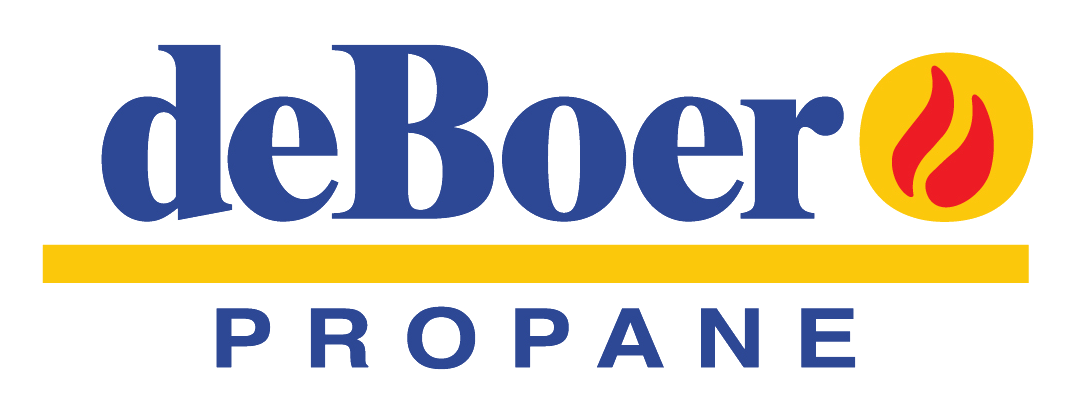Safety is a top priority when it comes to using propane. Proper handling is essential, and one key regulation to follow is the 80% fill rule. This standard is crucial for safeguarding individuals and property from potential hazards associated with overfilled propane tanks.
At deBoer Propane, a trusted propane delivery provider in the Florida Keys, we are committed to ensuring the safety and efficiency of every delivery. We adhere to the 80% fill rule, carefully managing propane tank levels to allow for safe expansion and peak performance.
This article explores the significance of the 80% fill rule and how it benefits all propane users, from homeowners to businesses that rely on propane throughout the year.
Maintain Year-Round Comfort in Your Home: Trust deBoer Propane for safe, dependable residential propane delivery. Reach out to us today!
Understanding the 80% Fill Rule & Propane Tank Levels

The 80% fill rule dictates that propane tanks should be filled to no more than 80% of their full capacity, leaving space for propane to expand and contract with temperature fluctuations. This guideline is crucial for maintaining safe tank pressure levels.
By adhering to this rule, deBoer Propane ensures that the propane inside the tank can expand as it heats up, preventing dangerous pressure buildup. This careful approach protects the tank’s integrity and ensures the safety of your property and everyone around it.
Hassle-Free Propane Delivery You Can Trust: Choose deBoer Propane for automatic service and year-round peace of mind. Call us today!
The Science of Propane Expansion
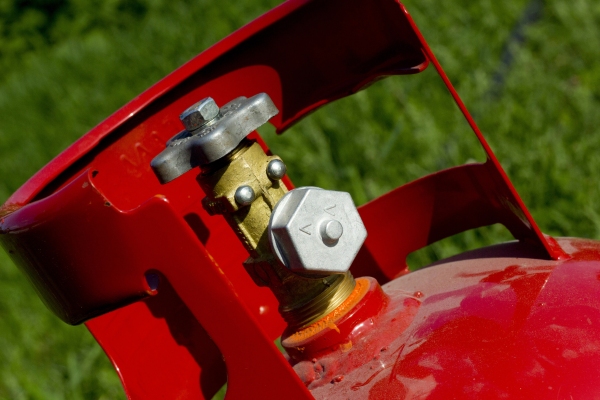
Like other gases, propane experiences changes in volume with temperature shifts. When exposed to lower temperatures, propane contracts and occupies less space. Conversely, at higher temperatures, propane expands. This natural behavior follows the laws of thermodynamics, which state that gases will expand when heated and contract when cooled.
The 80% fill rule is carefully designed to manage propane’s natural tendency to expand. Limiting the tank fill to 80% of its capacity allows room to accommodate this expansion without raising internal pressure to unsafe levels.
This precaution is vital for maintaining tank integrity, especially in areas where temperature fluctuations are common. By allowing space for propane to expand, the rule helps prevent pressure buildup that could otherwise compromise safety.
Tailored Propane Solutions for Your Needs: Whether it’s heating or hot water, deBoer Propane offers reliable and efficient fuel services. Contact us today!
Propane Safety Considerations
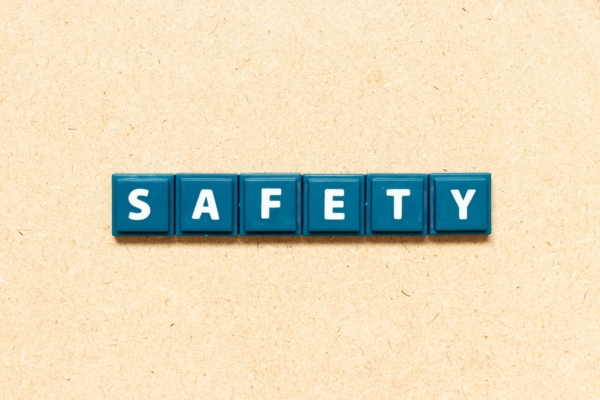
Filling a propane tank beyond 80% capacity can create serious safety risks. Without enough space for expansion, pressure within the tank can rise to dangerous levels, increasing the likelihood of leaks or tank ruptures. These issues present immediate physical hazards and significantly heighten the chances of fires and explosions, especially in areas with potential ignition sources.
Propane tanks have safety features to prevent overfilling. Key components include the fixed liquid level gauge, which indicates the highest safe fill level, and overfill prevention devices (OPDs) that automatically halt the filling process when the tank reaches its capacity limit.
At deBoer Propane, we strictly adhere to these safety measures, ensuring each tank is filled correctly and safely. By following these established guidelines, deBoer Propane prioritizes the safety and well-being of our clients, upholding high standards of care and responsibility.
Need Reliable Propane Delivery? Contact deBoer Propane today for seamless, uninterrupted home comfort.
Optimizing Operational Efficiency
By following the 80% fill rule, deBoer Propane ensures consistent and safe deliveries, with tanks always prepared to handle temperature-related volume fluctuations. This practice prevents any interruptions in supply. Maintaining the proper fill levels also improves the performance of propane-powered appliances, as they function most efficiently when the fuel pressure stays within the designed safety parameters.
deBoer Propane’s dedication to the 80% fill rule is evident in our timely and dependable delivery service. We ensure that customers receive propane safely and on schedule, maximizing appliance performance and improving overall energy efficiency.
Legal and Regulatory Compliance
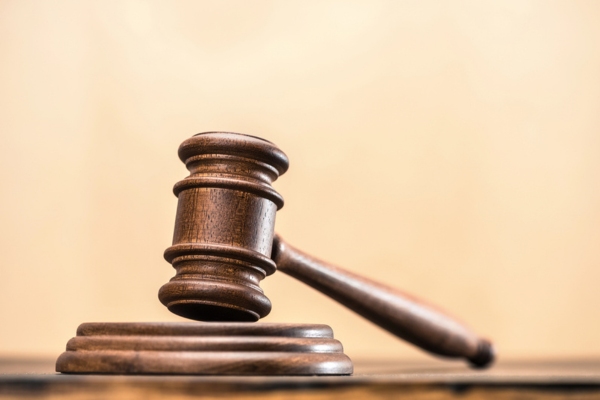
The 80% fill rule is supported by both federal and state regulations, including the standards outlined in the National Fire Protection Association (NFPA 58), also known as the Liquefied Petroleum Gas Code. This code sets forth essential guidelines for the safe handling, storage, and distribution of propane.
Strict adherence to these regulations helps ensure safety and legal compliance. Failure to follow these guidelines can cause severe legal and financial repercussions. By diligently upholding these standards, deBoer Propane ensures the safety of our operations, shielding both our company and customers from potential legal risks.
Stay Comfortable All Year Long! Book your next propane delivery with deBoer Propane and experience the reliability and peace of mind that come with our trusted service.
How to Monitor Your Propane Tank Levels
Monitoring your propane levels is essential for managing your supply and ensuring you never run out unexpectedly.
- Visual Check: Begin by finding the gauge on your propane tank, usually located under the lid or on top. The gauge will display a percentage from 0 to 100, indicating how much of the tank’s capacity is filled. For instance, if the gauge reads 20%, it’s time to arrange for a refill.
- Calculation: To determine the exact propane level, multiply the gauge reading by the total capacity of your tank. For instance, if your tank has a capacity of 600 gallons and the gauge reads 35%, you have 210 gallons left (0.35 x 600). Routine monitoring helps you stay ahead of potential shortages and maintain a steady propane supply.
Managing Your Propane Supply Effectively
Consistently monitoring your propane tank levels is essential to prevent sudden shortages, particularly during high-demand seasons like winter. It’s recommended to check the gauge weekly and maintain a log of readings to anticipate usage trends better. Scheduling a delivery when your tank reaches 30% capacity is ideal, as it ensures there’s enough time for delivery, avoiding the risk of running out of propane.
Partnering with deBoer Propane streamlines the management of your propane needs with dependable monitoring and delivery services. By enrolling in our automatic propane delivery, your tank is consistently monitored and refilled before it drops below a critical level. This service removes the stress of fuel shortages, improves the efficiency and safety of your propane system, and guarantees peace of mind and uninterrupted comfort for your home or business.
Reliable Propane Delivery at Your Service! Contact deBoer Propane today to discover how our dependable service can improve your winter heating comfort.
Clearing Up Common Misunderstandings About the 80% Fill Rule
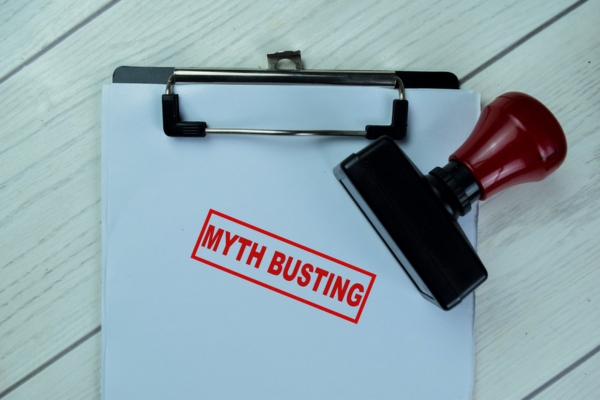
There are several widespread misconceptions about the 80% fill rule for propane tanks that can create confusion regarding propane delivery and usage. Below are a few myths and the facts that set the record straight:
- Myth: When my tank is filled to only 80%, the supplier is underfilling it. The 80% fill rule is a safety guideline that leaves enough room for propane to expand when temperatures rise. This is not an underfill but a necessary precaution to ensure safe and efficient operation.
- Myth: The 80% rule makes my propane run out more quickly. The 80% fill rule does not influence how fast you consume propane. It’s simply in place to allow for safe expansion. Your propane usage is determined by how often you use your appliances, not the amount of fuel in the tank.
- Myth: Propane tanks can be safely filled beyond 80% during colder months. No matter the season, filling a tank past 80% can result in hazardous pressure buildup when temperatures rise, creating serious safety concerns.
- Myth: There’s no need to monitor propane tank levels with the 80% rule. It’s essential to regularly check your propane tank levels to ensure you don’t run out, especially during times of high demand. The 80% fill rule is a safety measure, but it doesn’t eliminate the need to monitor your tank’s supply consistently.
Stay Warm This Winter! Contact deBoer Propane to talk about your propane needs and learn how we can keep your home comfortable all season.
Frequently Asked Questions About Propane

How Often Should I Check the Fuel Level in My Propane Tank?
It’s advisable to check your propane tank level every month, particularly during high-demand periods. Regular monitoring prevents unexpected shortages and ensures you schedule timely refills. For added convenience, many customers opt for automatic propane delivery services, which take the responsibility of tracking levels and calling for refills off your plate.
What Steps Should I Take If I Detect the Smell of Gas Near My Propane Tank?
If you smell gas, it’s crucial to act swiftly. Do not create any sparks or light open flames. Evacuate the area immediately and, from a safe distance, contact your propane provider or the fire department to report the potential leak.
Can I Store Other Items Near My Propane Tank?
It’s essential to keep the area around your propane tank clear of any items, particularly flammable materials. This ensures safety and provides easy access for inspections and refills.
Dependable Propane Delivery You Can Rely On: Let deBoer Propane keep your tank full and your home running efficiently. Contact us today!
What Is the Proper Way to Position Propane Tanks When Installed Outdoors?
Propane tanks should be placed on a non-flammable, sturdy surface such as concrete and positioned far enough from the home’s main structure. They must also be easily accessible for refilling and inspections, and located away from potential hazards such as high-traffic areas or drainage systems.
What Safety Measures Should Be Taken for Propane Tanks During Severe Weather?
In extreme weather, protecting propane tank fittings and valves from debris and ice is essential, as these can damage connections or block pressure relief valves. Additionally, ensuring an unobstructed path to your tank is critical, allowing delivery and emergency services to access it easily in case of need.
Conclusion
The 80% fill rule plays a crucial role in maintaining the safety, efficiency, and compliance of propane usage. This standard allows propane tanks to safely accommodate expansion while minimizing potential risks.
deBoer Propane is dedicated to adhering to these guidelines while offering professional guidance and reliable propane delivery services. Should you have any inquiries regarding propane usage or wish to schedule a delivery that meets all safety and compliance requirements, don’t hesitate to contact deBoer Propane. Your safety and satisfaction are our top priorities.
Reliable Propane Delivery You Can Count On! Contact deBoer Propane today to discover how our committed service can improve your winter heating comfort. Get in touch now!
Reach Out to deBoer Propane for Reliable Propane Delivery Services
deBoer Propane is committed to keeping homes and businesses in the Florida Keys warm and comfortable with our dependable propane delivery services. We prioritize fast, efficient propane delivery, ensuring you stay warm without any inconvenience. Our dedication to top-notch service includes offering competitive pricing and transparent services, always focused on your comfort.
Along with propane delivery, deBoer Propane provides a comprehensive range of HVAC services, making us your all-in-one provider for every home comfort requirement. We handle every aspect of HVAC care, from installation and maintenance to emergency repairs.
By choosing deBoer Propane, you’re partnering with a reliable provider for all your heating needs. With a reputation for consistent, committed service and an unwavering focus on customer satisfaction, deBoer Propane has become a trusted name in the community. We’re here to ensure your environment remains cozy and inviting all winter long. Contact us today to get started!
You can click here to contact us now or call us at (305) 296-2848 to find out more! Click the link to view our service area.
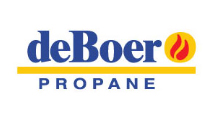
Related Articles:
